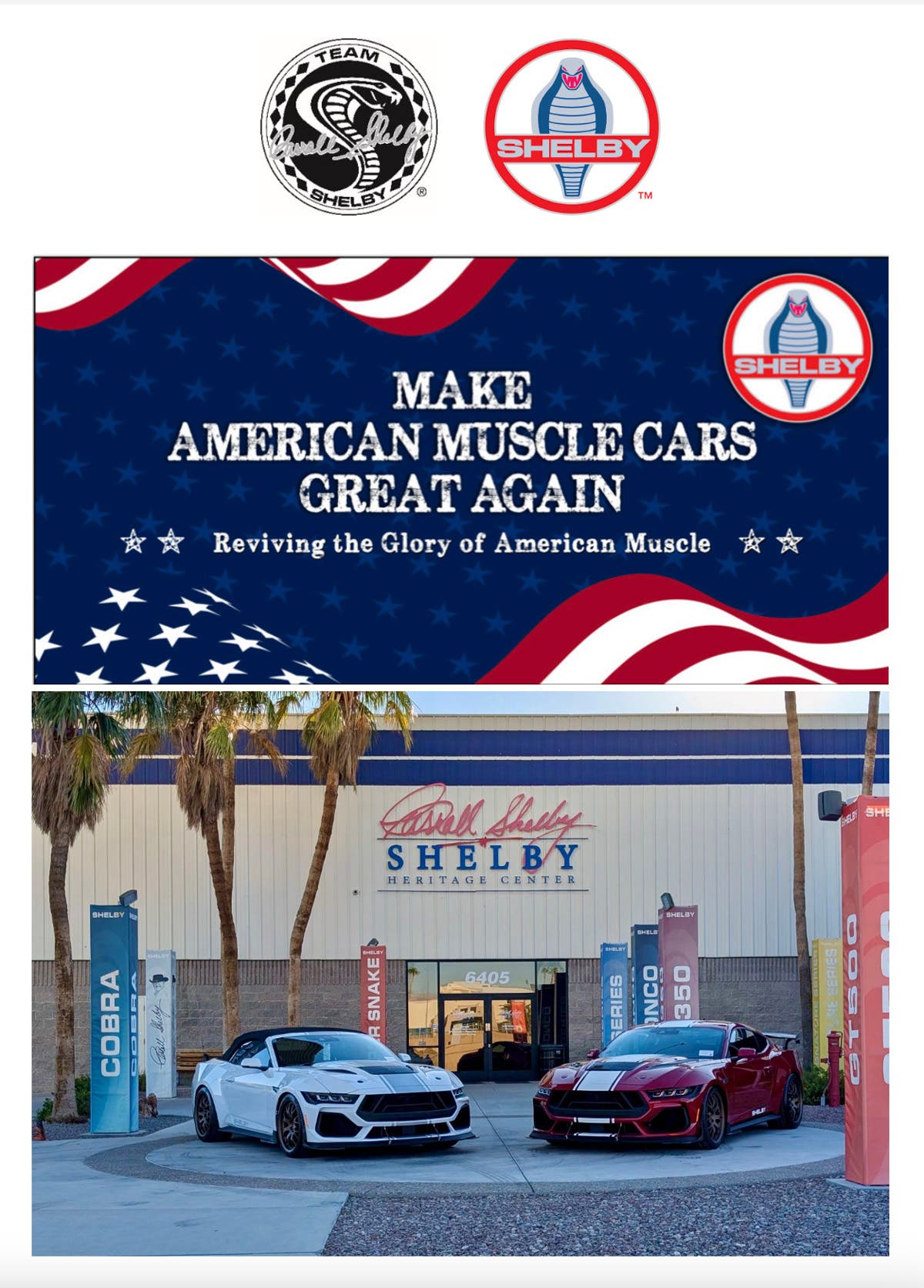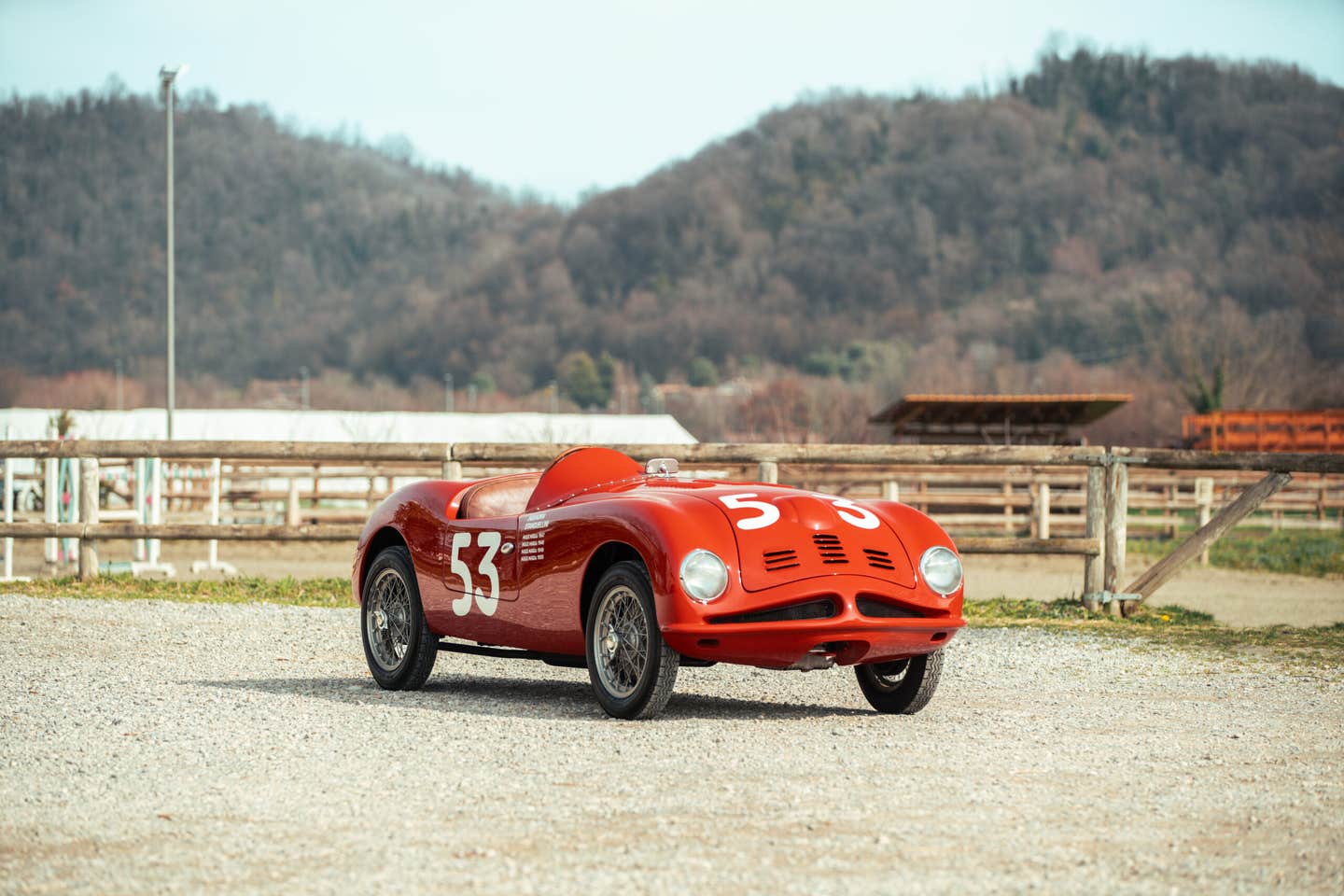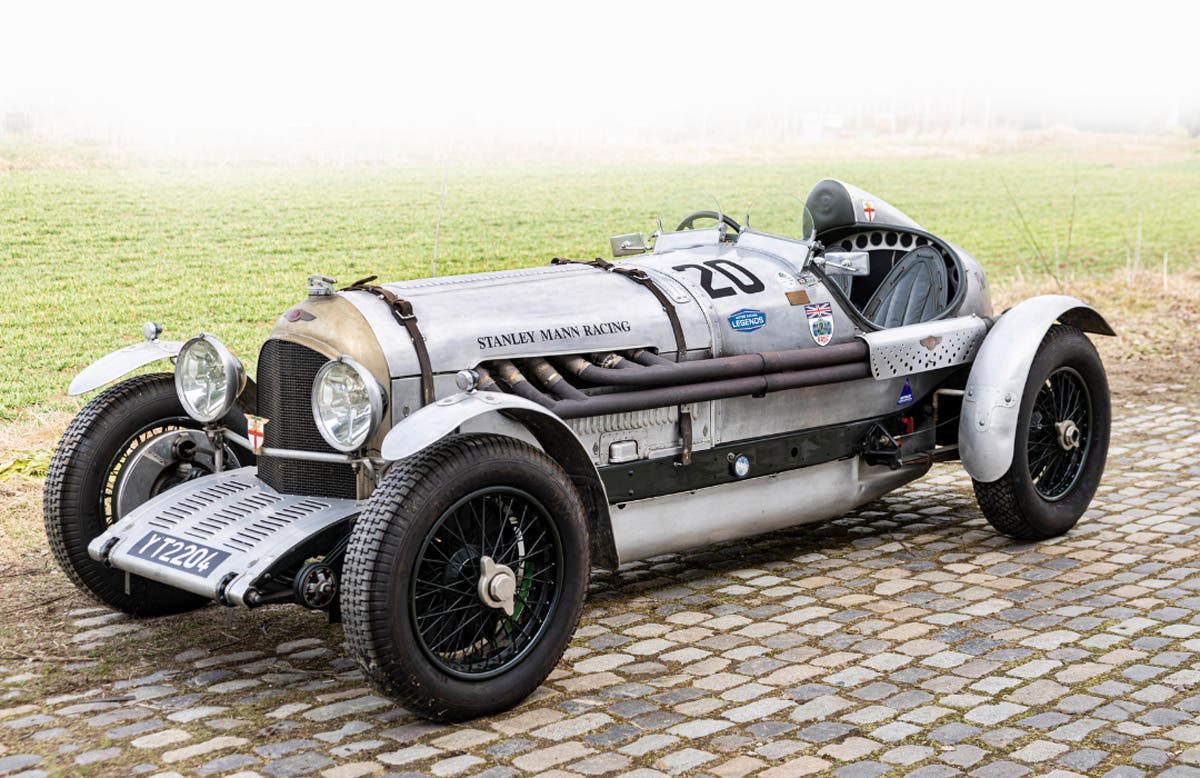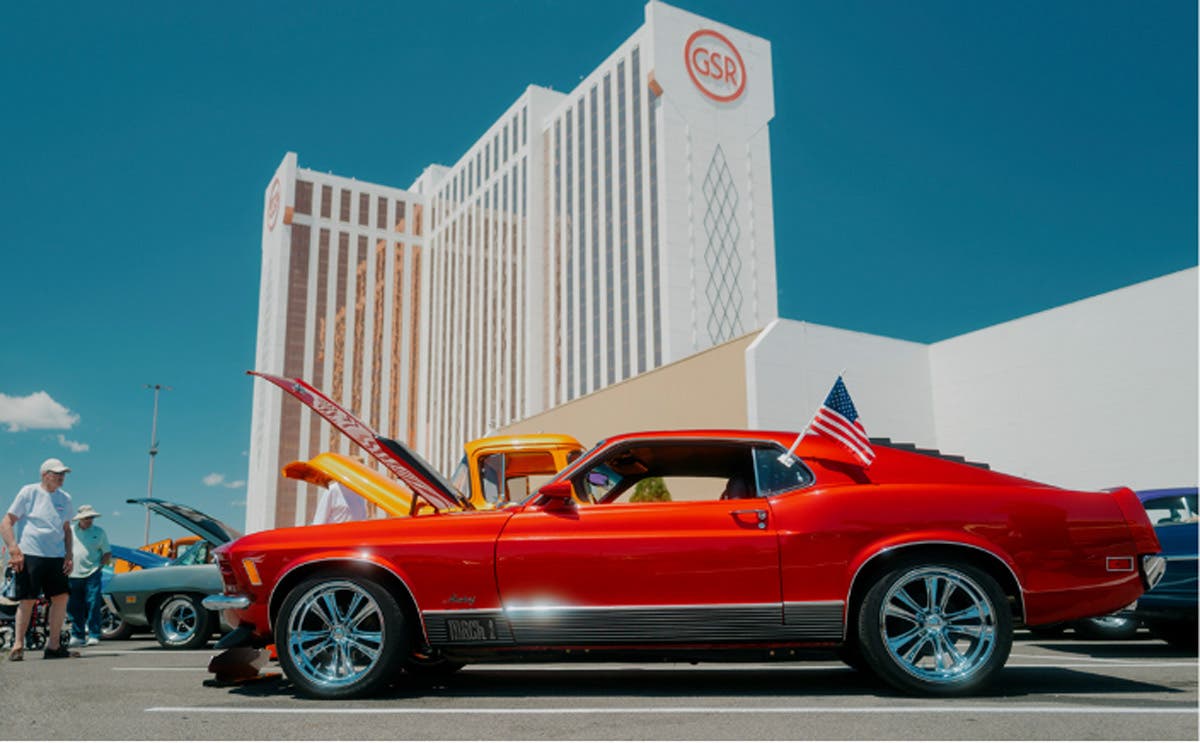It was the spring of 1916 when Charles Nash called reporters to his Detroit office at General Motors. During the ensuing press conference, the automotive mogul announced he was stepping down as president of the world's largest automaker. When asked what he would do, Nash replied mysteriously, "Go fishing." Indeed, he did. Within a short time, Nash reeled in the Jeffery Co. in Kenosha, Wis., and prepared to place his own name on the radiator of his own car.
Replacing the well-respected Jeffery, the first Nash automobile appeared on the nation's roads in 1917. Charles Nash had a sterling reputation with the public. He was admired for his high quality in manufacturing and was rewarded with an instantly loyal buyer base.
Nash Ambassadors like this one ruled the Kenosha roost in 1937. The LaFayette, once a separate make, became the entry-level Nash model that year.
The Wisconsin manufacturer also happened to be the world's largest truck maker, being the builder of the famed Nash Quad. This amazing vehicle boasted independent four-wheel drive and was the darling of the Allied troops in World War I. Soldiers revered the Quad. The faithful machine was more sturdy than a 10-mule team as it brought supplies to the front line and whisked away the wounded. Nonetheless, production wound down, and truck building came to an end by 1930.
Nash built 50,065 passenger cars in 1930. Despite the economic downturn, it was good enough to claim 10th place in the industry. The figure dropped to 39,616 units in 1931, and that dropped to 17,696 units in 1932, but Nash was still in the black and holding 13th place in the industry. Figures began to improve with 28,664 passenger cars delivered in 1934, and that number rose to 44,637 units for 1935. The 1936 line was attractive and resulted in 53,038 cars delivered. That was good for a 12th-place finish.
The 1937 Nash line was introduced on Oct. 15, 1936. Gone was LaFayette as a separate make; the low-priced companion car was now the base model. The Nash LaFayette 400 shared styling with its larger kin, but it rode on a trim 117-inch wheelbase and got around courtesy of a 90-hp Monitor-Sealed six-cylinder engine. Three- and five-passenger coupes, a two-door victoria sedan, a four-door touring sedan and a stylish cabriolet made up the entry-level Nash line.
Interior of the LaFayette 400 included a rich, dark mahogany-looking instrument panel embellished with chromium strips. The speedometer boasted large figures on a brushed silver dial. Advertising for the new car read, "Nash presents...a new kind of low-priced car! A car that will enable thousands of former small-car owners to drive a bigger, more beautiful, better-engineered car, yet a car that costs little more than the lowest-priced cars!"
The Nash Ambassador Six was berthed upstream of the LaFayette 400. The larger Nash rode a 121-inch wheelbase. The extra length was positioned ahead of the cowl to showcase the 95-hp valve-in-head, twin-ignition six-cylinder mill. The Ambassador Six was dressier than the LaFayette, from stern to its hood ornament. Three- and five-passenger coupes were available, in addition to a victoria sedan, a cabriolet and a four-door sedan.
Interiors were finished in broadcloth fabric with tufting, braiding and edging of custom-upholstered seats. Ambassadors were fitted with a folding center armrest, both front and rear. The Ambassador Six (as well as the Ambassador Eight) was dressed with a beautiful instrument panel that carried an oversized speedometer dial with figures etched in glass and inlaid with gold. This was flanked by a full complement of gauges. Twin panels, finished in oxidized silver, were laid over a background of rich, dark mahogany. Controls were located in the center, between the silver panels. A nifty little light on the speedometer indicated to the driver that the long-range headlight beam was on.
Last, but not least, was the Ambassador Eight. The flagship Nash rode on an impressive 125-inch wheelbase, and its valve-in-head, twin-ignition engine developed 105 hp. Once again, the extra inches were added ahead of the cowl to draw attention to the longer, more-powerful engine. The Ambassador Eight was topped with an elegant hood ornament, one befitting such a beauty. Other niceties included a deluxe, three-spoke "banjo" steering wheel and an exceptionally large, illuminated glove compartment.
Ad copy bragged, "Nash Ambassador Eight for 1937 establishes a standard of value never before approached in the fine-car field. In the flawless beauty of its flowing lines; in the graceful sweep of its fenders; in its imposing size; in its striking radiator design; you will instantly recognize an aristocrat among today's fine cars."
Standard equipment included two chrome bumpers with bumper guards, two taillights, a license plate light, two parking lights, a spare tire and wheel, front door armrests, assist straps in four-door sedans, a roller shade on the rear window, a rear compartment ashtray, as well as one on the instrument panel. A sun visor was standard, as were a rearview mirror, a windshield wiper and a parcel compartment in the instrument panel.
Optional equipment included mohair or leather-trimmed upholstery, seats that made into beds, rear wheel shields (skirts), hot water heaters with windshield defrosters, a radio, electric clock, cigar lighter, chromium wheel mouldings and twin horns. Other accessories were available as well, but a customer would have to chat with one's Nash dealers to know more.
Nash Motors had an unforgettable year in 1937. The company recognized the United Auto Workers as the sole union and gave workers a 20-percent hike in wages, after a strike. Charles Nash was 72 years old and had no heir apparent. He purchased Kelvinator, maker of refrigerators and home appliances, for the talents of its president, George Mason. The king of refrigerators came to Nash with a solid automotive background. Stints at Studebaker and Maxwell appeared on his resume.
The new company was called Nash-Kelvinator Corp. It was the largest merger in business history. Jokes abounded that all Kelvinators would sport four-wheel brakes and Nash cars would have ice trays in the glove box.
A total of 53,038 Nash cars were sold throughout the country in 1937. It was the company's best finish in years.







